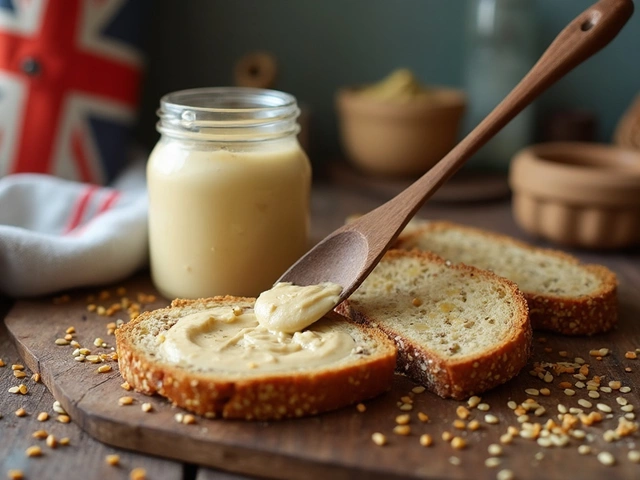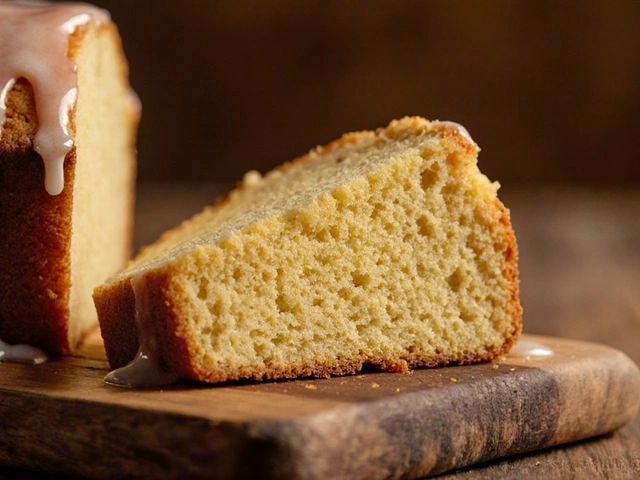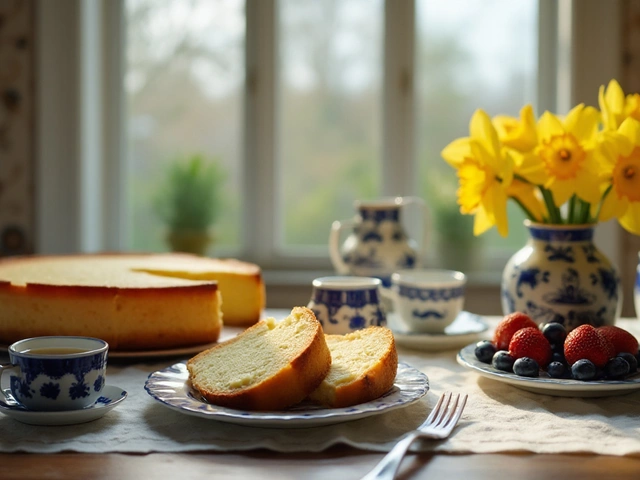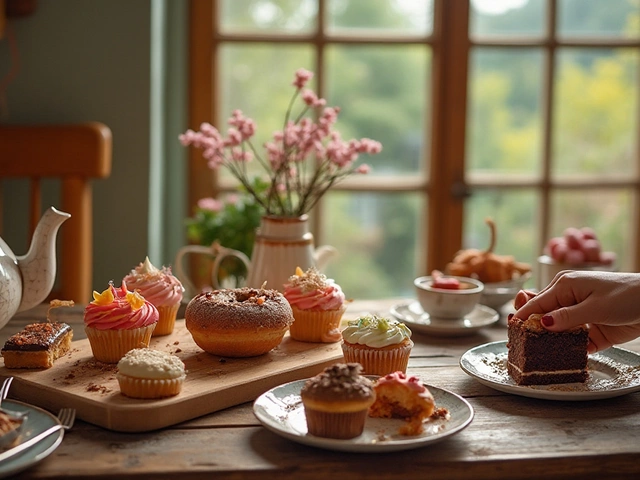Flour Basics: What Every Home Baker Needs to Know
Flour is the backbone of almost every bake, but most people treat it like a single ingredient. The truth is, there are many flours, each with its own job. Knowing which one to reach for can turn a good recipe into a great one.
Common Flour Types and Their Best Uses
All‑purpose flour is the go‑to for everyday recipes. It’s a balanced blend of protein and starch, so it works for cakes, cookies, and quick breads. If a recipe doesn’t say otherwise, this is usually the right choice.
Bread flour has a higher protein level, which creates more gluten. That extra gluten gives bread a chewy crumb and a good rise. Use it for sourdough, baguettes, or any loaf that needs a strong structure.
Cake flour is milled very fine and has low protein. It makes cakes soft and tender, especially layered or sponge cakes. Swap it for all‑purpose flour if you want a lighter texture, but keep the weight in mind – you’ll need a little more cake flour.
Whole‑wheat flour contains the bran and germ, giving a nutty flavor and extra fiber. It can make dough denser, so many bakers blend it with all‑purpose flour to keep the crumb light while still adding nutrition.
Practical Tips to Get the Most Out Of Your Flour
Always sift flour for delicate cakes. Sifting aerates the flour, removes lumps, and helps dry ingredients mix evenly. It only takes a few seconds and can improve texture dramatically.
Measure flour correctly. The easiest way is to spoon it into a measuring cup and level it off with a flat edge. Packing flour down gives too much, which can make baked goods dry or tough.
If a recipe calls for “flour” but you’re missing the exact type, you can often substitute. Swap half of the all‑purpose flour with cake flour for softer cookies, or replace half of the bread flour with all‑purpose for a more relaxed crumb.
Store flour in a cool, dry place. An airtight container keeps bugs out and prevents the flour from absorbing moisture or odors. For whole‑wheat flour, refrigerate or freeze if you won’t use it within a few weeks – the oils in the germ can go rancid otherwise.
Use a kitchen scale for the most accurate results. A gram or two can change the outcome, especially in pastry. Many bakers find that weighing flour removes guesswork and leads to consistent batches.
When making gluten‑free recipes, combine different gluten‑free flours (rice, tapioca, almond) to mimic the structure of wheat flour. A small amount of xanthan gum or psyllium husk helps bind the dough together.
Let dough rest. Gluten continues to develop as the dough sits, so a short rest can make pastries softer and breads easier to shape. Even 10‑15 minutes can make a noticeable difference.
Finally, have fun experimenting. Try adding a spoonful of almond flour to cookies for a hint of nuttiness, or blend a little oat flour into pancake batter for extra softness. The right flour combo can turn a simple recipe into a signature treat.






